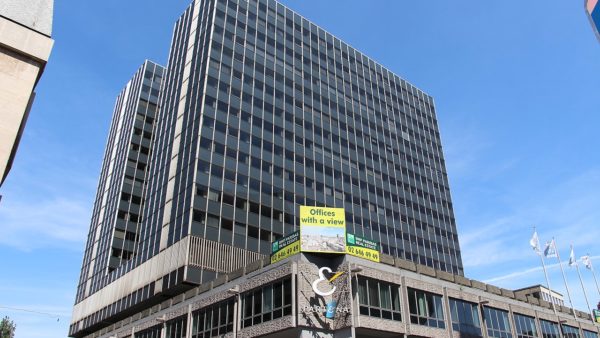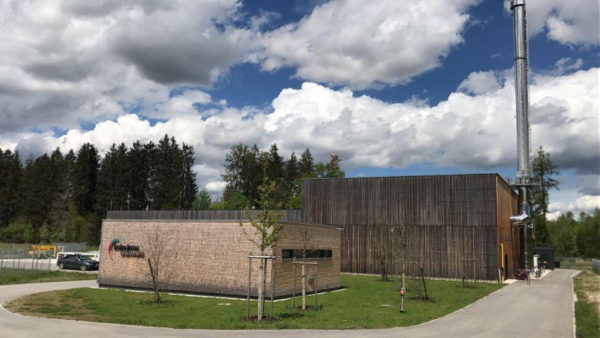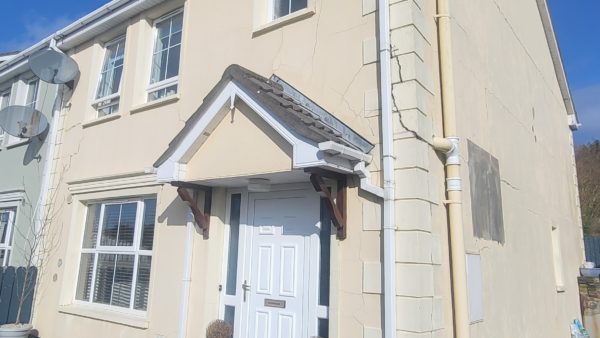Smart buildings will soon be able to control themselves using “internet of things” (IoT) technology running on open-source operating systems if a joint project between American IT firms realises its ambitions.
Dell, one of the biggest retailers of computer hardware in the world, has teamed up with Canonical, the firm behind the Ubuntu open-source operating system, to offer low cost IoT solutions for smart buildings.
The technology would allow automation and optimisation algorithms to be used to minimise energy use without inconveniencing the building’s users–
Ubuntu, which can be customised by its users, is presently the leading operating system for cloud-based computing, and its Ubuntu Core variant is being developed to control equipment such as fridges.
Dell’s IoT Gateway is presently being tested. Information on the product has been released in a series of Tweets.
The company has said that smart buildings will be able to run on relatively inexpensive computers.
According to a statement by the company, its IoT Gateways will be small in size and a relatively slow dual-core processor will be capable of “driving a wide range of IoT applications including building and industrial automation”.
The aim behind the IoT application is to collect a large amount of detailed data about the building’s physical state and the actions of its occupants, upload it to a cloud and then condense it into information using real time analytics.
As well as allowing human operators to understand how the building is behaving, the technology would allow automation and optimisation algorithms to be used to minimise energy use without inconveniencing the building’s users.
The market for smart buildings, which was estimated to be $4.8bn in 2012 and $7.3bn at present is expected to reach about $36bn by 2020, growing at a rate of about 12% a year.
The drivers are lower operating costs, greater interest from building occupiers and tightening government regulation. Buildings account for between 20% and 40% of total energy expenditure in industrialised countries, and it has been estimated that smart management can reduce this by up to 30%. Â
In turn, the growth of smart buildings is expected to be an important factor behind the spread of the IoT. It is expected that smart buildings will themselves be incorporated into the wider energy control networks of smart cities in the future, as well as being linked to other kinds of infrastructure, such as transport.
This trend is being helped by the decreasing cost of the IT systems required to implement smart building solutions.
As well as Dell’s solution for large commercial buildings, the crowdsourced designer Ninja Blocks is using Ubuntu to run smart homes.
Its flagship product is the Ninja Sphere systems that links lightbulbs, power sockets, fridges, heating and entertainment devices. This is intended to be placed on a coffee table, and to be operated using gestures.










